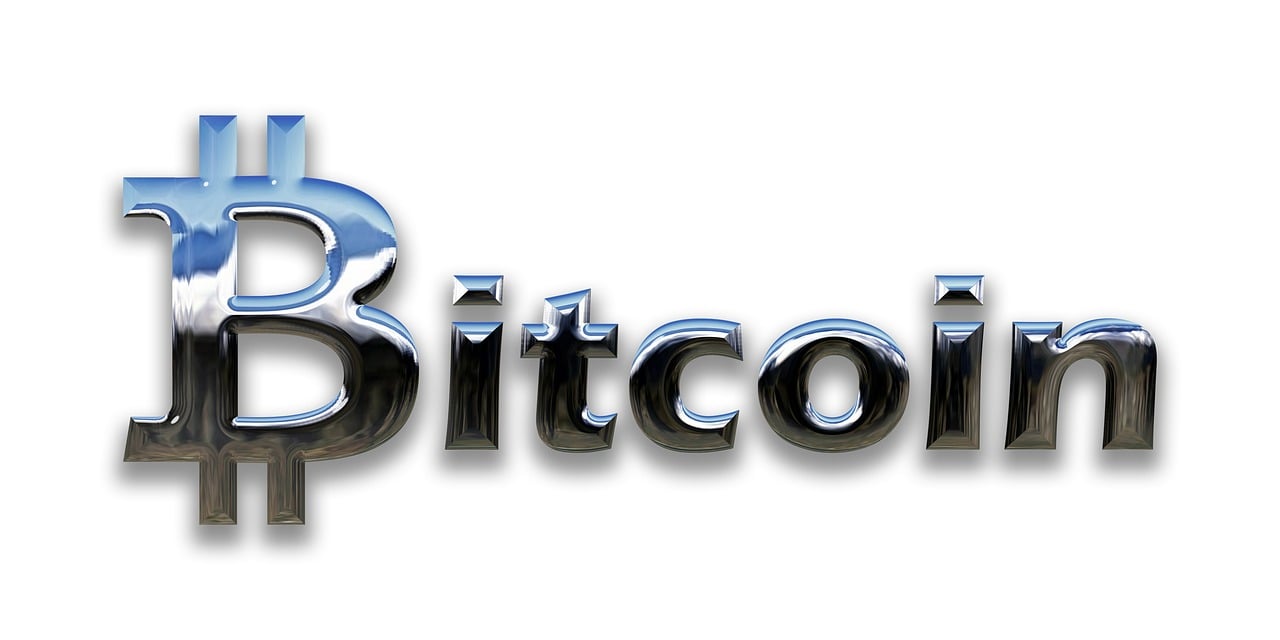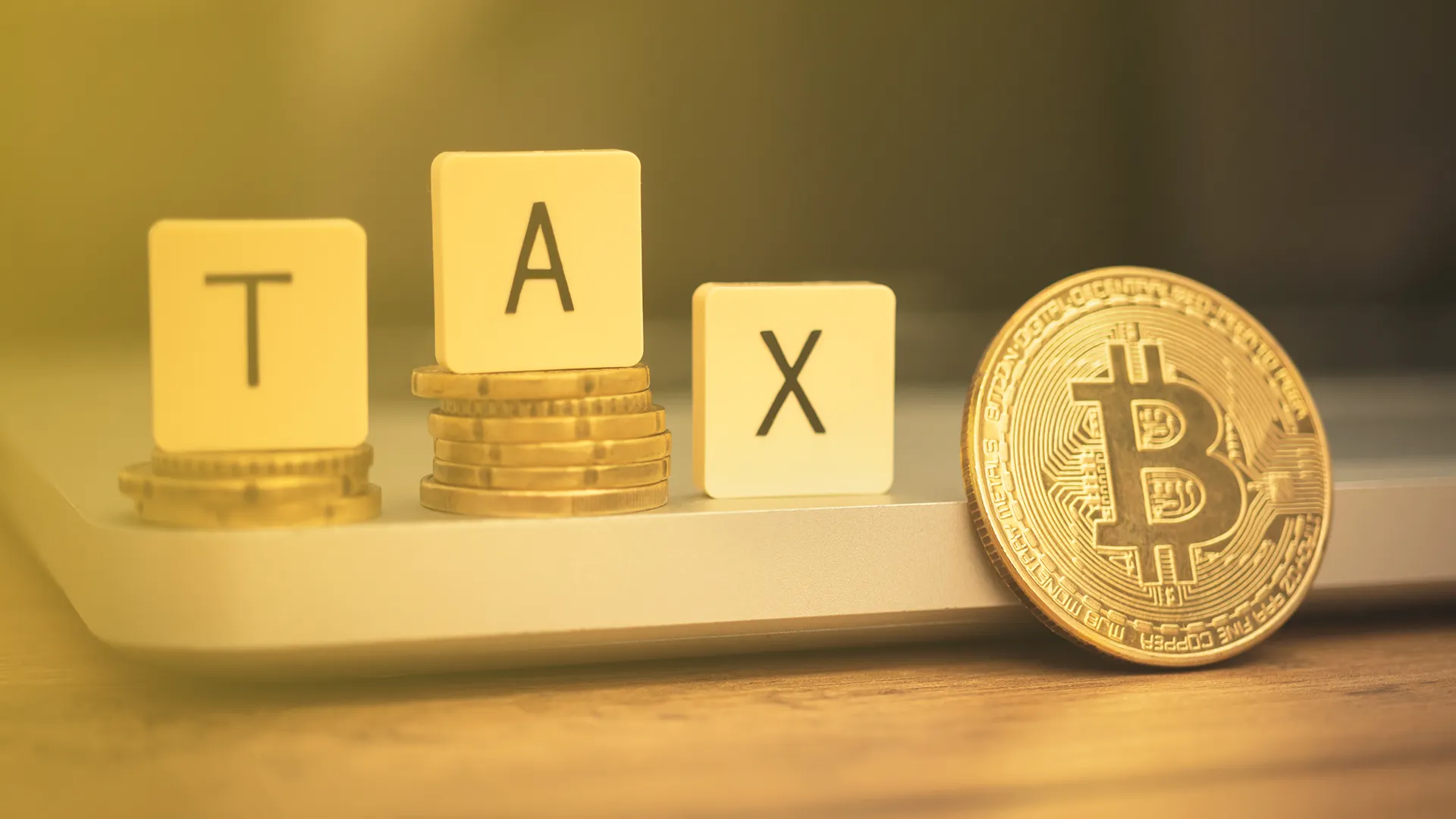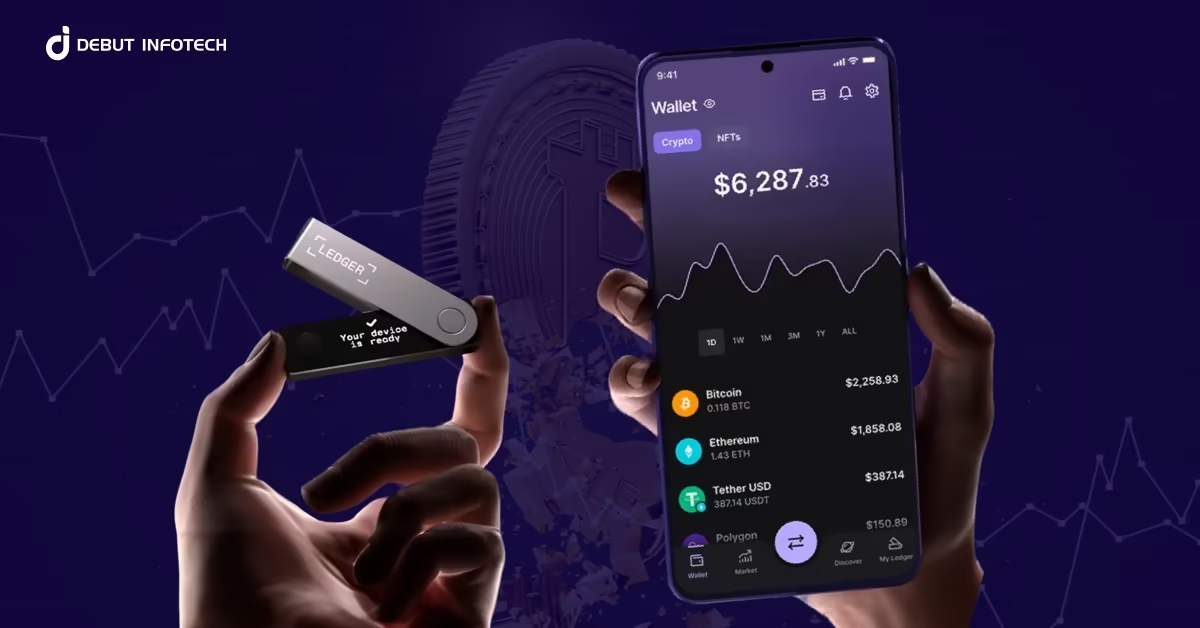Bitcoin Ordinals are revolutionizing the world of digital collectibles by allowing users to inscribe data directly onto individual satoshis—the smallest unit of Bitcoin. Unlike Ethereum-based NFTs, which often rely on external servers or IPFS, Bitcoin Ordinals are stored fully on-chain, offering unmatched permanence and security.
Here’s everything you need to know to start creating, buying, and selling Bitcoin Ordinals.
What Are Bitcoin Ordinals?
Bitcoin Ordinals are digital inscriptions embedded directly onto satoshis. Enabled by the 2021 Taproot upgrade, these inscriptions can include artwork, text, or even code, and are stored immutably on the Bitcoin blockchain.
Instead of storing media off-chain, like many traditional NFTs, Ordinals embed content within the Bitcoin ledger itself. This makes each inscribed sat unique and verifiable—essentially turning Bitcoin into a digital museum of permanent artifacts.
Also read: How to Choose the Best Crypto Wallet: A Complete Guide to Security, Pros, and Cons
How to Mint a Bitcoin Ordinal
Minting (or “inscribing”) an Ordinal involves adding digital content to a satoshi. Here’s how you can do it:
- Get a Taproot-Compatible Wallet: Use wallets like Sparrow, Xverse, or Hiro that support Ordinal display and transfers.
- Choose Your Inscription Method: Either run your own Bitcoin node with the Ordinals protocol or use third-party services like OrdinalsBot or Gamma.
- Pay for Inscription: On-chain storage comes with higher fees, especially during network congestion.
- Receive Your Ordinal: The inscribed satoshi will appear in your Ordinal-enabled wallet.
These steps ensure your creation lives forever on Bitcoin—immutable and censorship-resistant.
How to Buy and Sell Bitcoin Ordinals
Although still emerging, the market for Ordinals is growing fast. Here’s how to get involved:
- Use Peer-to-Peer Trading: Ordinals are often sold via Discord, Telegram, or Twitter through trusBited OTC groups.
- Explore NFT-Style Marketplaces: Platforms like Magic Eden and Gamma are pioneering Ordinals trading.
- Secure a Taproot Wallet: A wallet that supports Ordinal inscriptions is essential for receiving and sending collectibles.
Buyers must ensure they’re using Ordinal-aware wallets to avoid losing inscriptions in standard Bitcoin transactions
Challenges and What Lies Ahead
Despite the excitement, Bitcoin Ordinals have stirred debate in the community:
- Network Congestion: Inscriptions can fill blocks quickly, raising fees for all users.
- High Costs: On-chain storage isn’t cheap—especially during high traffic.
- Lack of Smart Contracts: Unlike Ethereum NFTs, Ordinals don’t natively support programmable functions like royalties.




